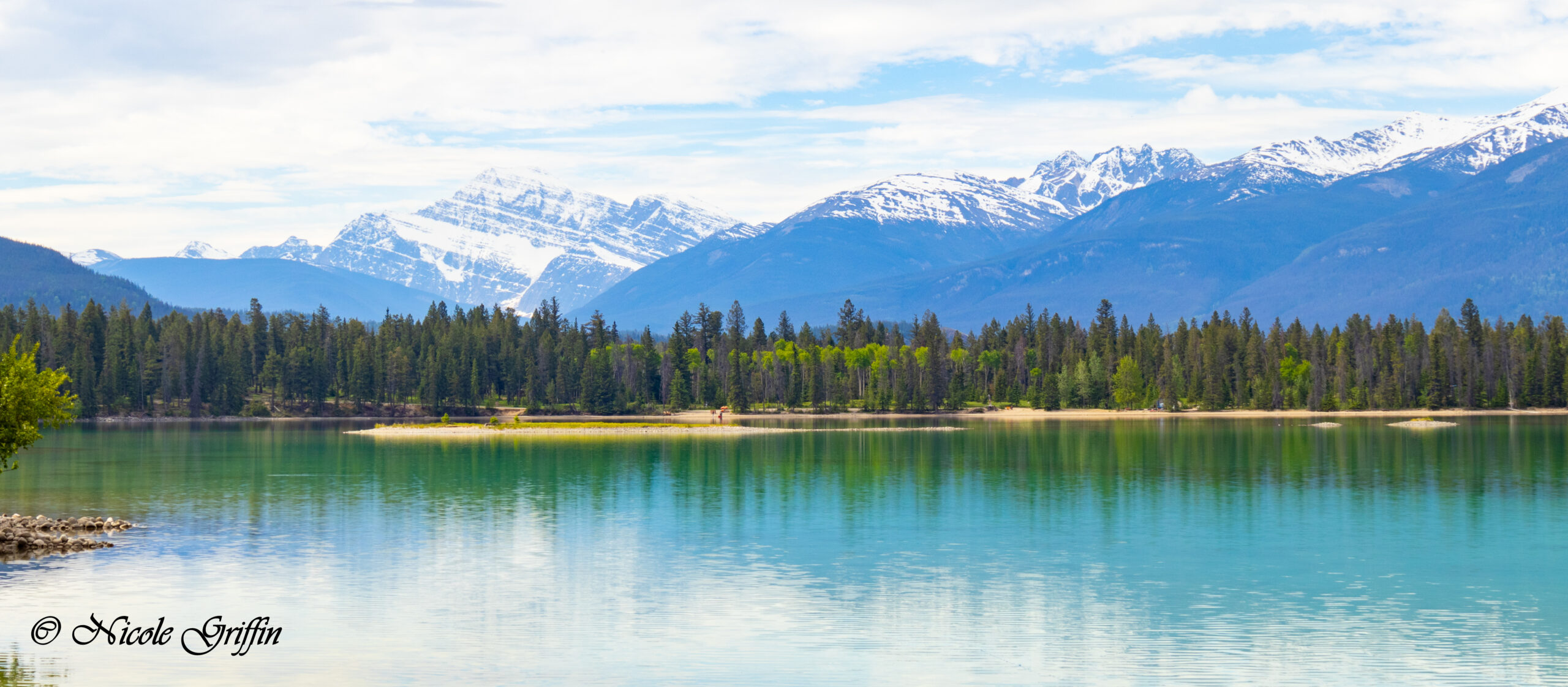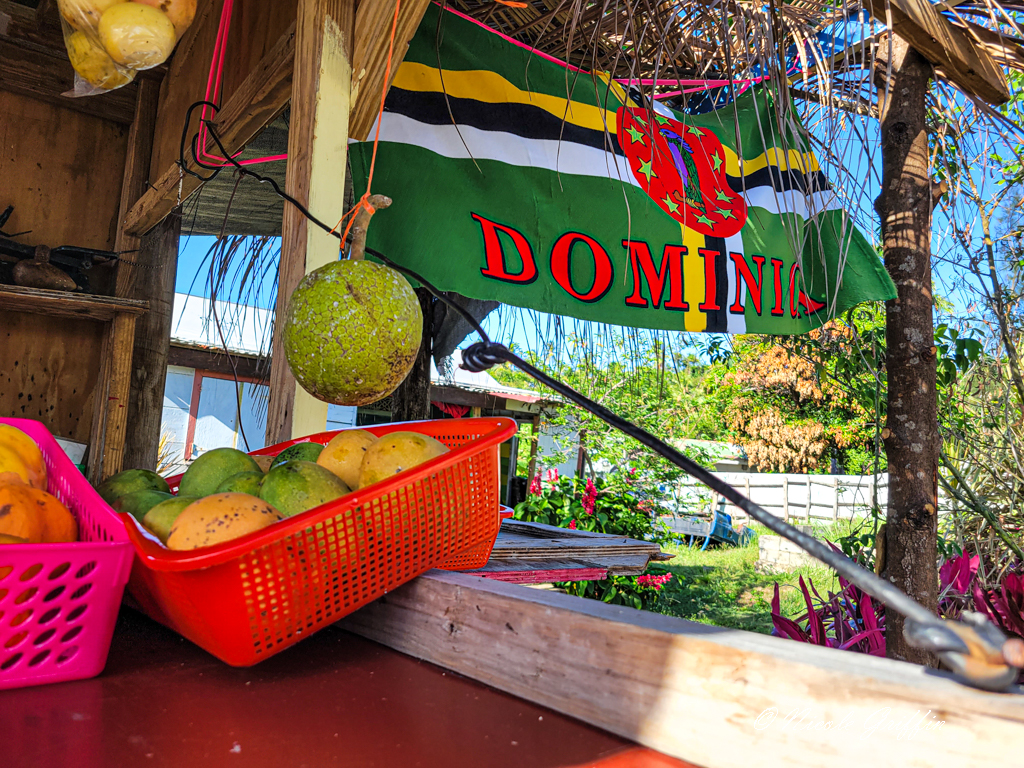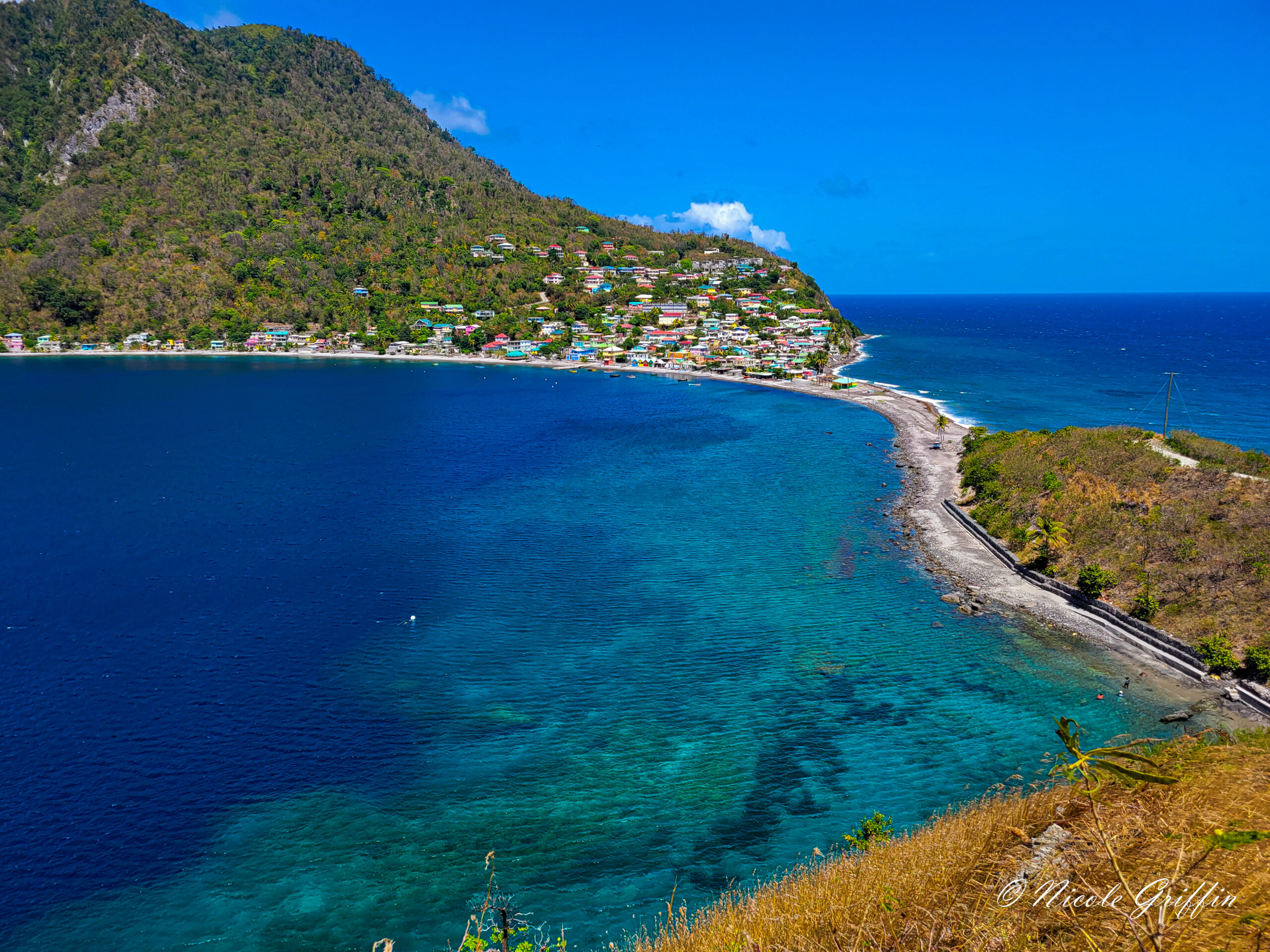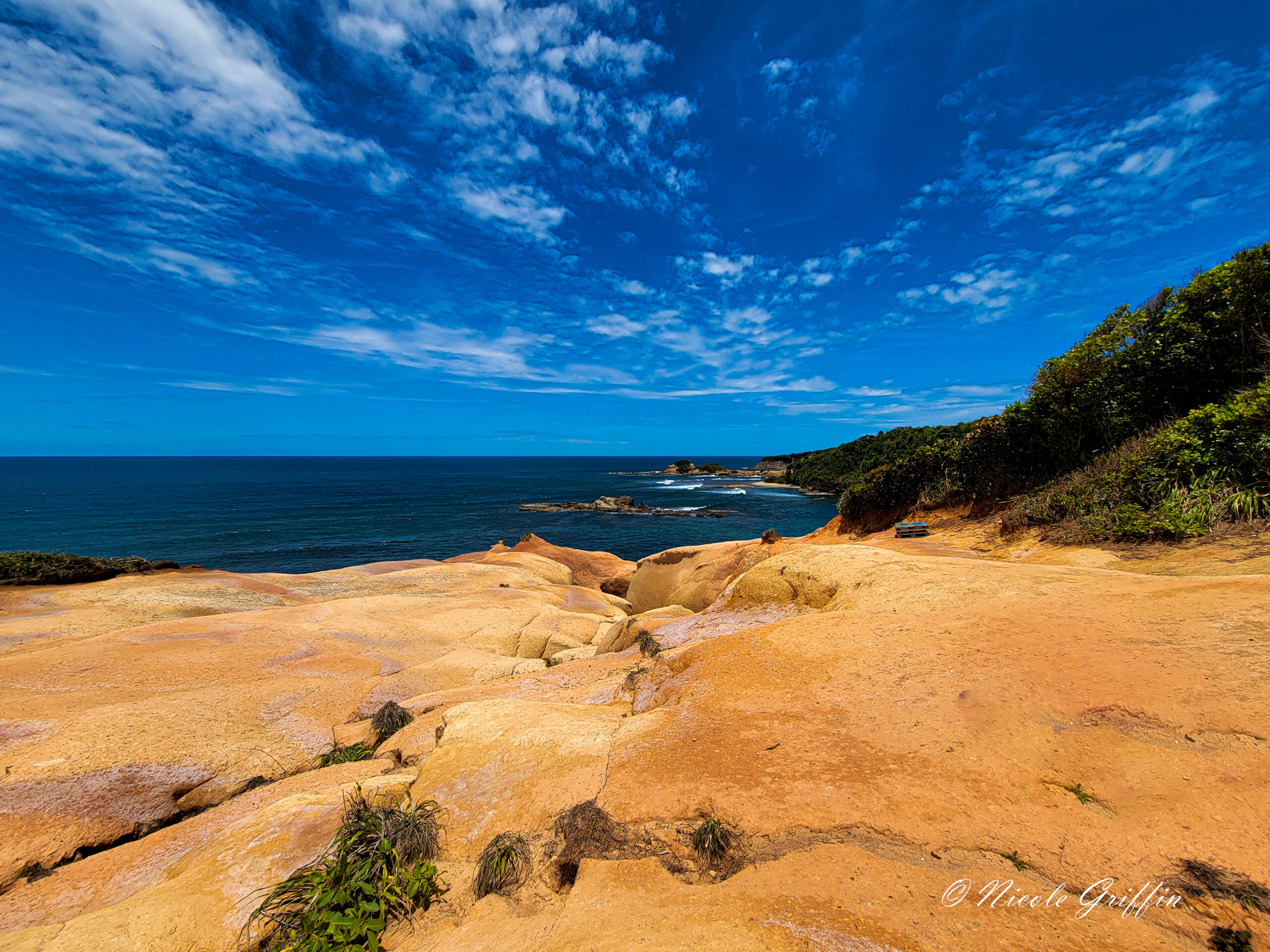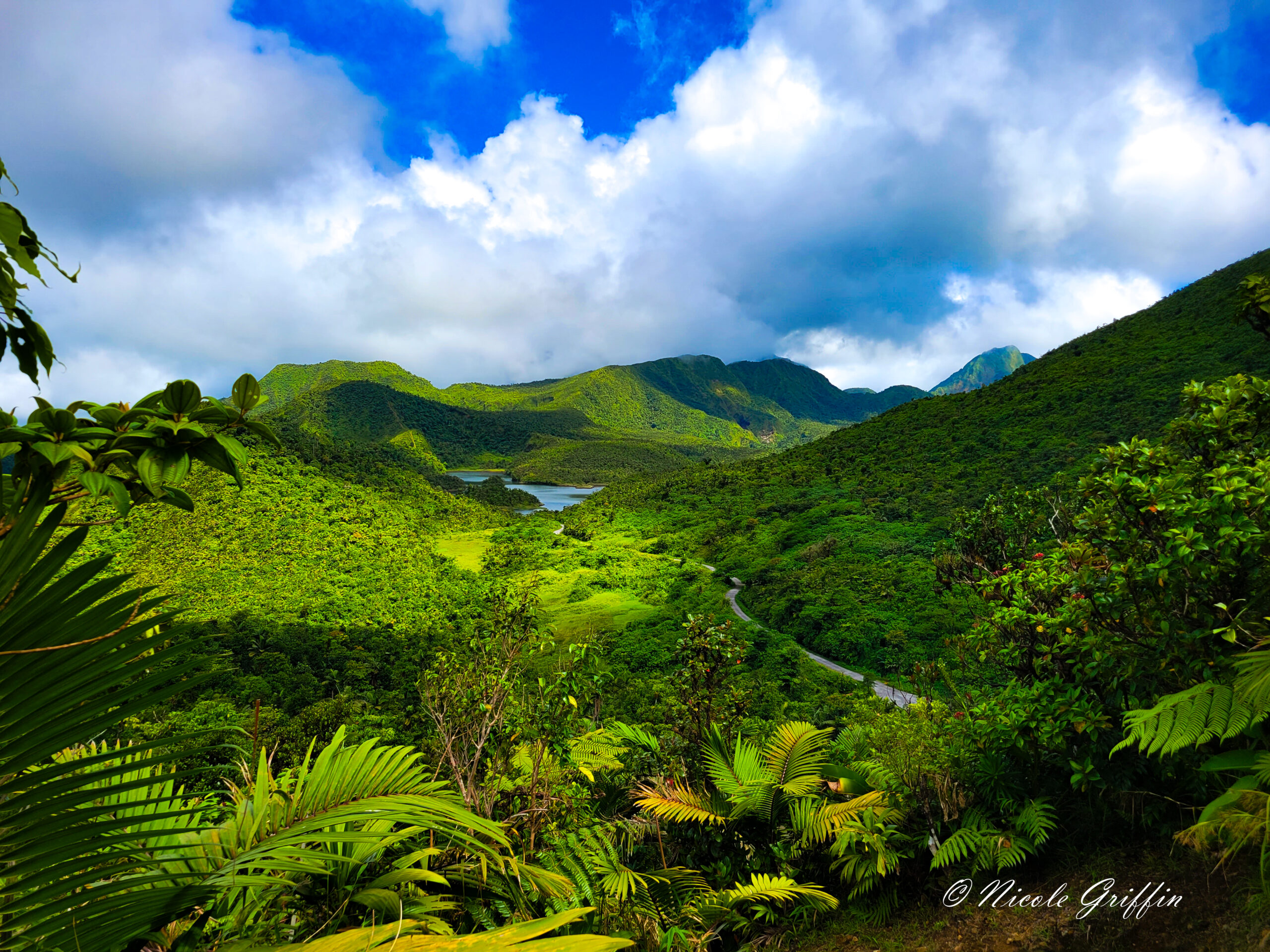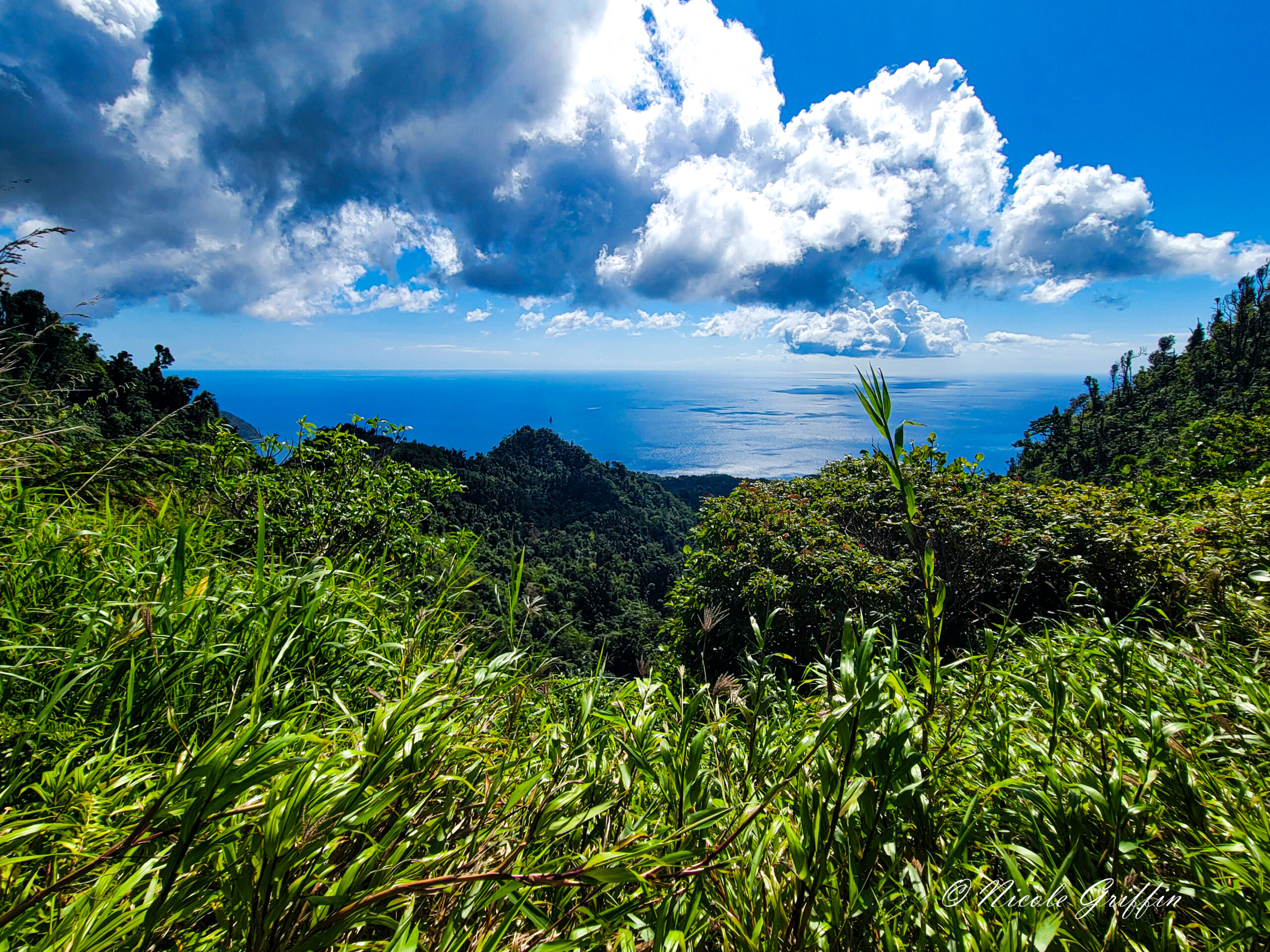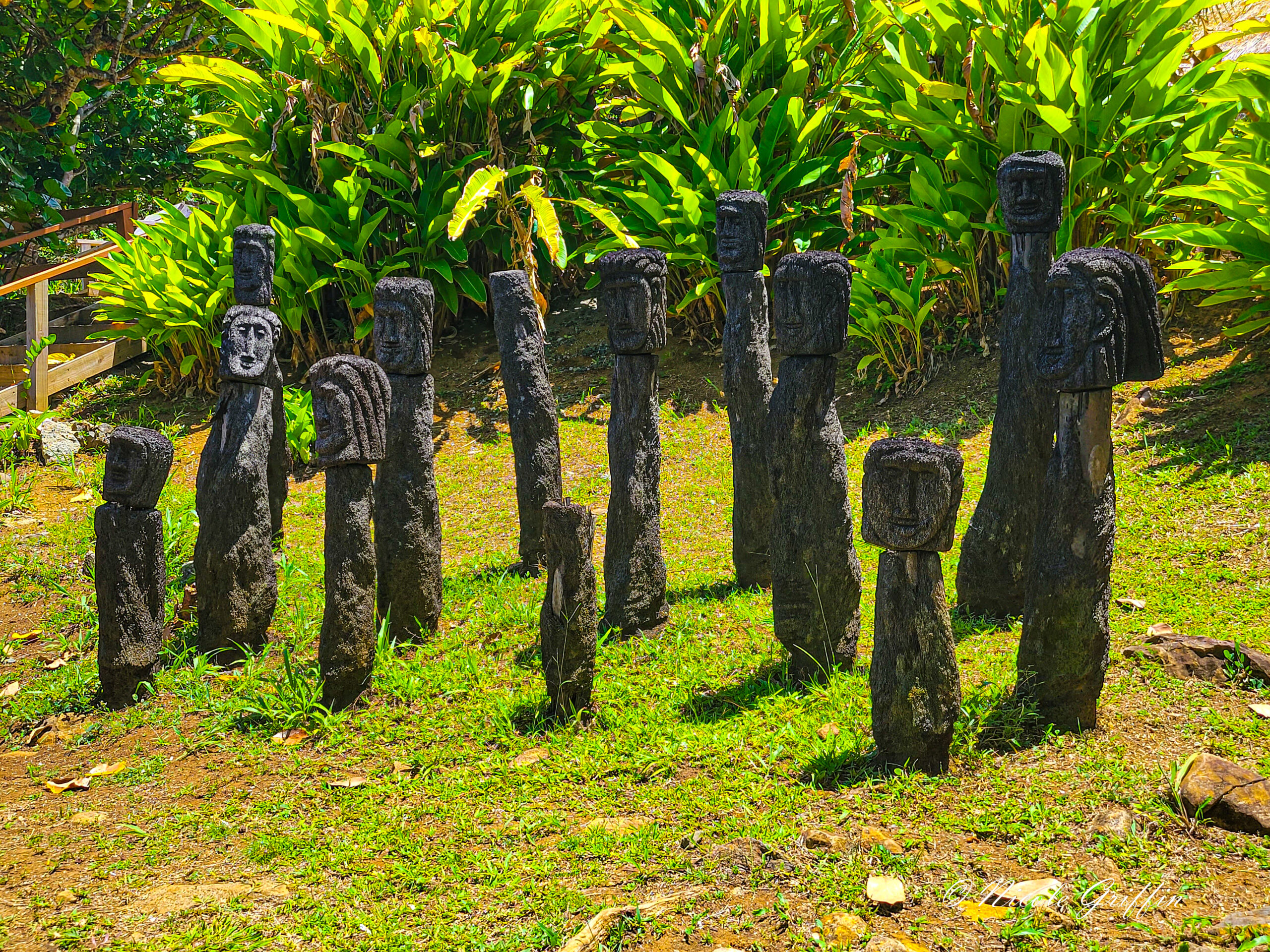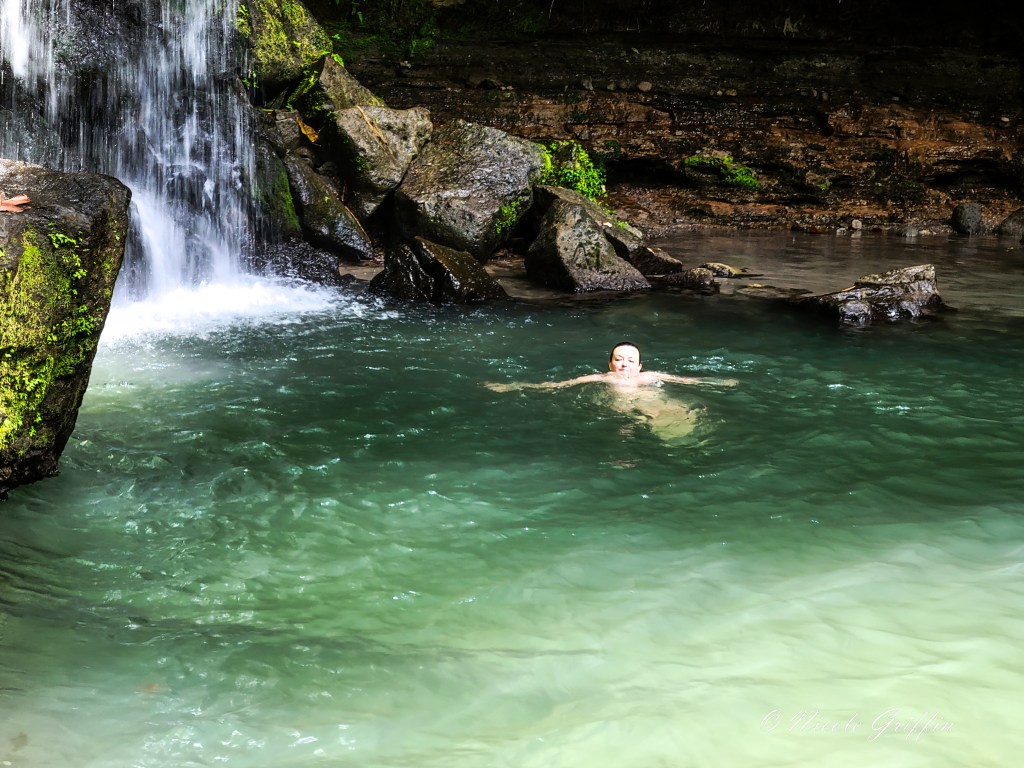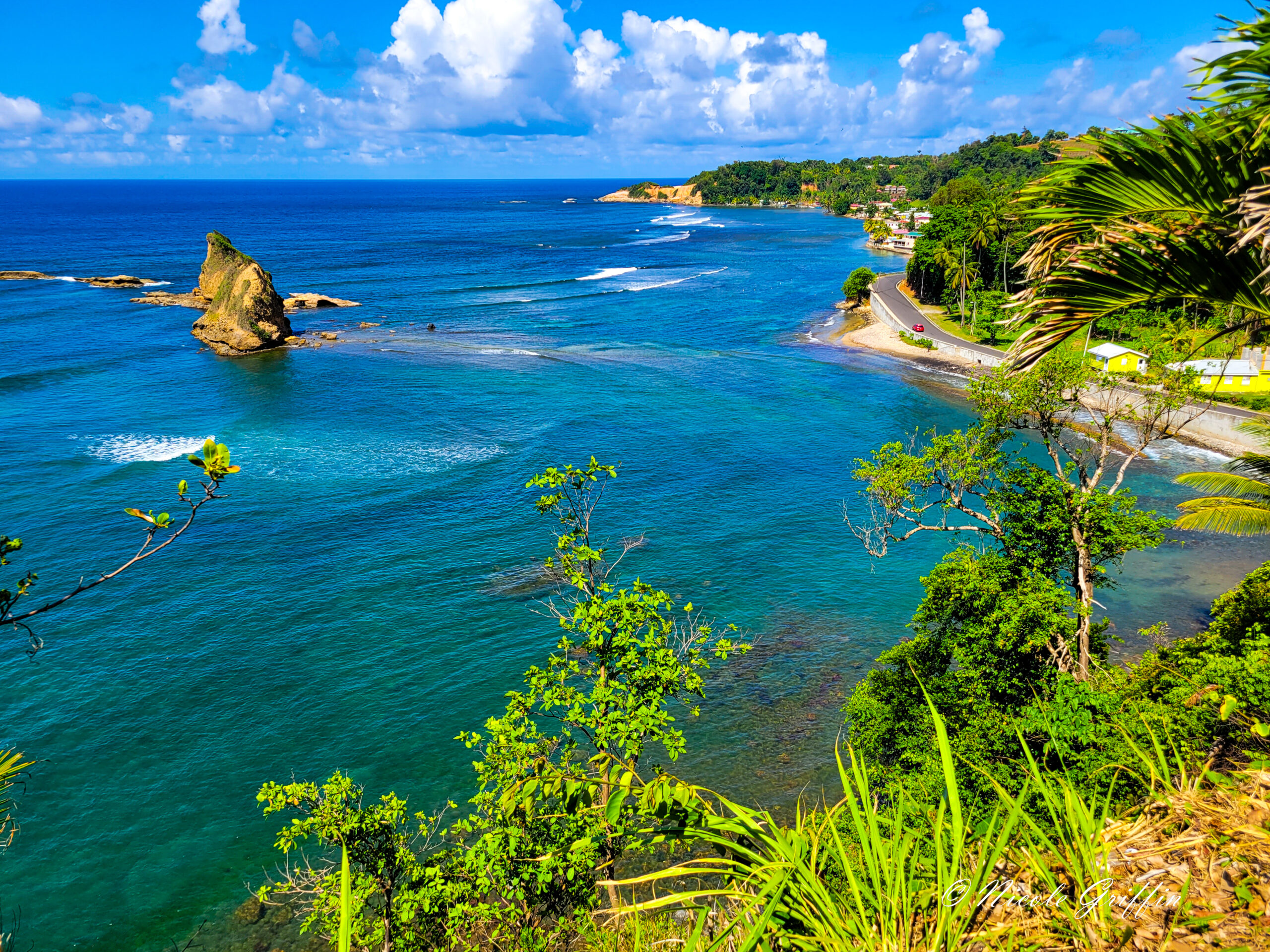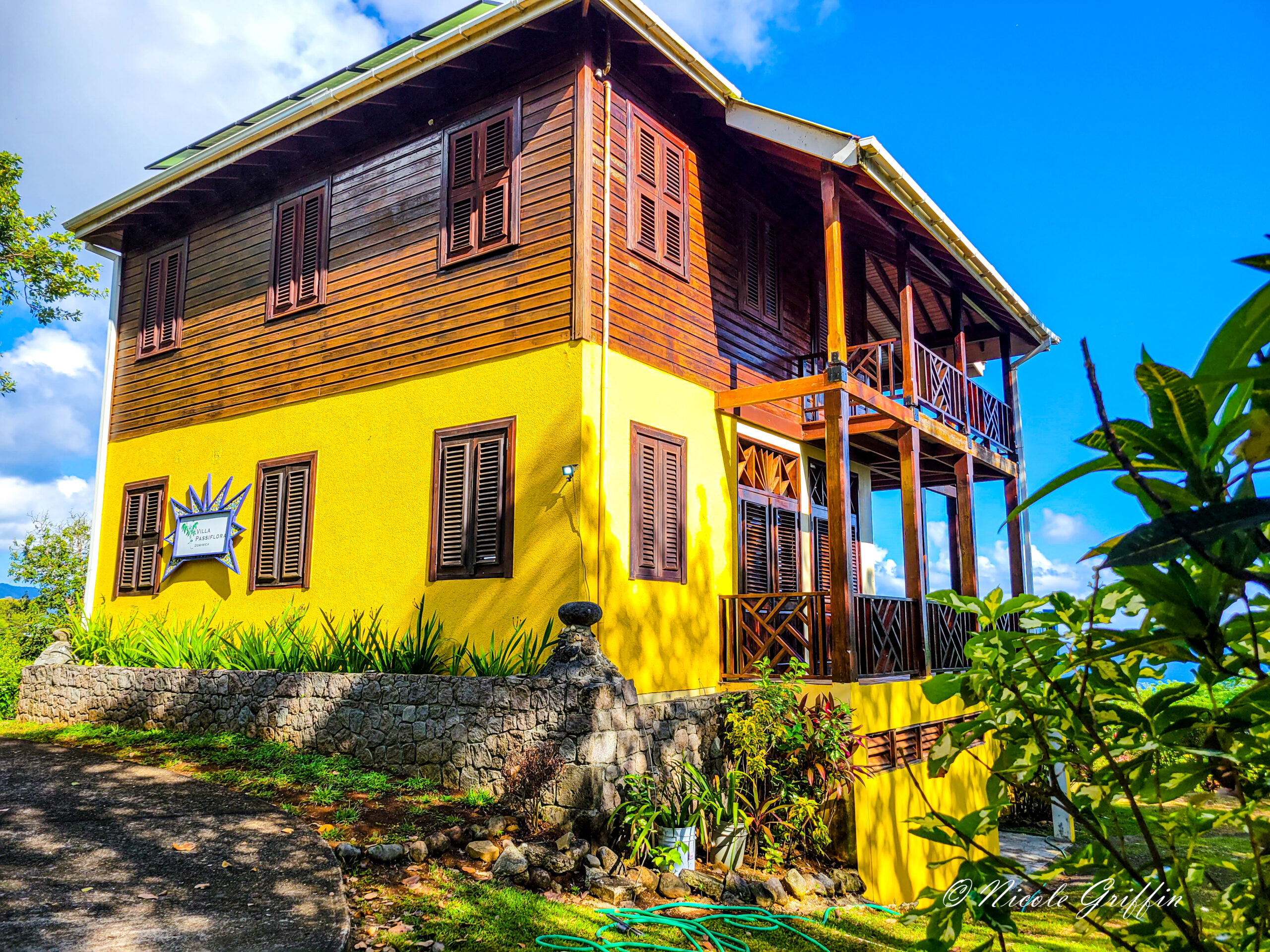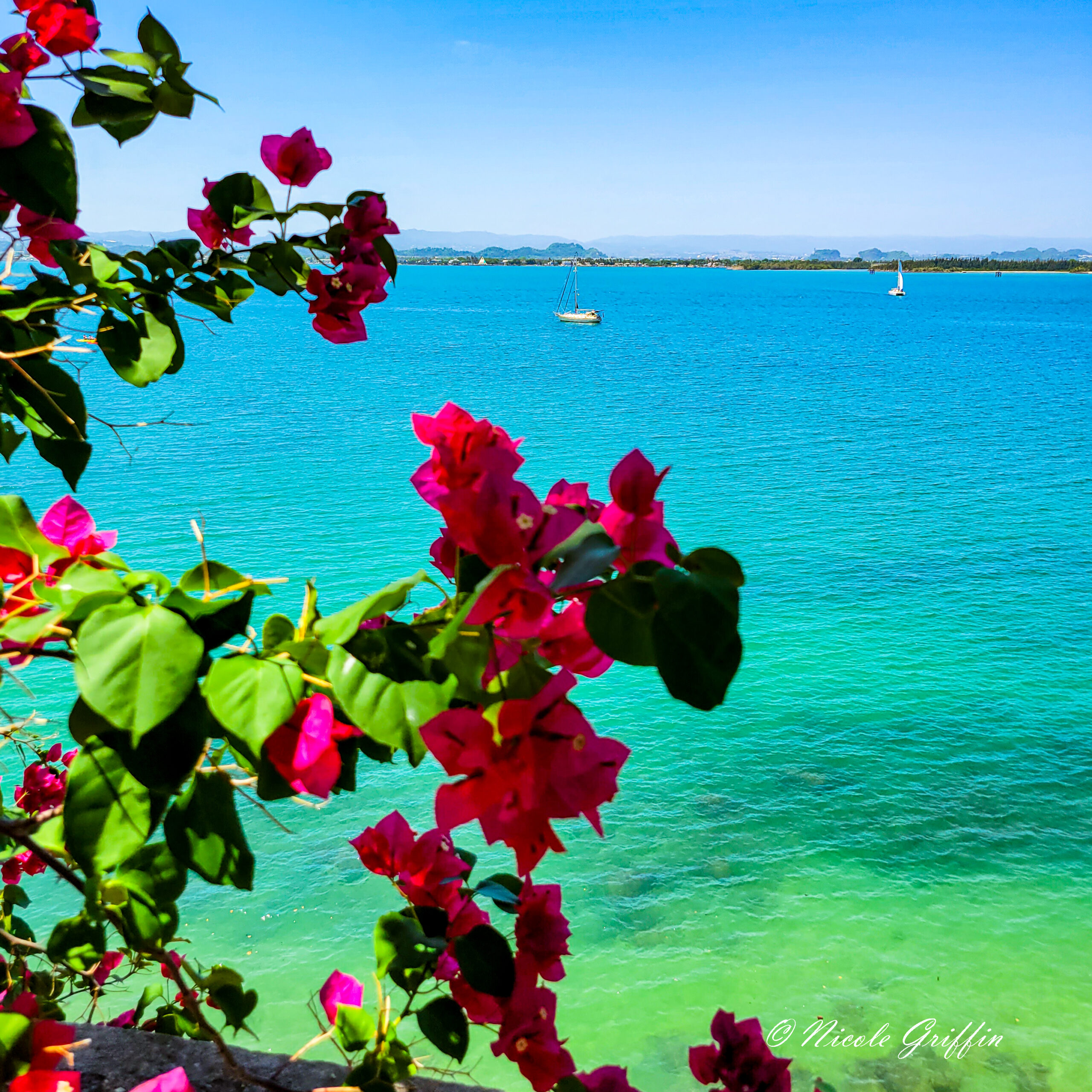I’ve been absent here for a while. And it’s not because I haven’t traveled. I spent a week in Banff, Canada and its environs at the end of June, a trip I hope to write about in coming weeks. I just haven’t been up to writing.
On June 5, in the middle of the night, my good boy Felix passed away in his sleep.

He was about 13 and had started showing his age the previous fall. We had a cool spring here in Washington, DC, but as the weather started warming up, he visibly struggled to walk, plopping down and panting even on a short walk. A few times I had to carry him part of the way home (and he wasn’t light).
Exercise intolerance aside, he was still hanging in and showing joy in life until the last week, when after one bad night, he was diagnosed with pulmonary hypertension. He declined rapidly, ate up until his final day (he did love to eat), and passed away at a time of his own choosing.
This post isn’t about Felix’s death, though, not really. It’s about healing when a beloved someone passes, and how travel can be a vital part of that healing process. I’m focused on pets here because that’s most recent to me, but I think the lessons here could equally apply to humans as well.
I’ve been through a lot of death in my life, both human and animal. All of my grandparents and my dad are gone. We had three cats when I was a kid, and as an adult, I’ve had three pets of my own, all overlapping, for the last 18 years.
First was Amber, who passed away in 2019 at 12 years old, just a few months after my dad had passed.

Second was Frankie, who just passed away last year at 13 years old.1

Both cats had been with me since kittenhood.
I rescued Felix in 2017 after Hurricane Maria hit Puerto Rico, when he was already around 6 years old. He was probably around 13 when he died in June, leaving me petless for the first time since grad school.
After each of my pets died, I traveled. Here are the three ways that I think it helped:
Getting away from home gets you away from the ghosts
Within two weeks of Amber’s passing, I was in Miami Beach, staying with a friend who was living in one of those iconic high rises with views of aqua waters.

I needed to be anywhere but at home, where Amber’s ghost still roamed the halls, and her fur still clung to the sheets.
Pets imprint themselves upon your life in infinite ways. After they are gone, they linger on their favorite chairs, rugs, and corners of the bed. You even miss their even their most annoying habits. Frankie’s howling at 5 am for someone to wake up and pay attention to him. Felix barking like mad every time the buzzer rang for a delivery. (Amber had no annoying habits, she was an angel.)
You even miss the pet hair, which you will still find in surprising places months and years later, a physical reminder that this beloved little creature really lived and shared your space.
Felix shed a lot, and now that he’s gone my condo is much cleaner. No more piles of black and grey hair collecting in the corners of rooms. I no longer trip over stuffed toys all over the living room. The new cleanliness feels like emptiness, and I don’t welcome it.
The ghosts of dogs are are more mobile than cats because in life they travel so many more places with you. Yes, Felix was on the couch, on the bed, greeting me at the door when I got home, begging for food in the kitchen, digging through his massive basket of stuffed toys. But he was also in the backseat of my car, rolling on the patch of grass in front of my condo building, frolicking on my favorite local hiking trails.

When he passed, I wanted to be anywhere but home. I almost got in the car and drove three hours to the ocean. I wanted to be free of his memory, as if I could actually forget my grief no matter where I was. Still, getting away from the places where his ghost lived offered the promise of relief from pain at a time when memory felt unbearable.
Getting away from normal responsibilities gives you mental space to grieve
In Miami Beach, I spent a few days there with my friend, exploring the beaches, eating Cuban food, and spending a memorable day on a sailboat, sunbathing to the rhythms of yacht rock.
Afterwards, I relocated solo to the Breezes Resort on Cable Beach, west of Nassau, Bahamas. For the first few days I was there, I did nothing. That is to say, I woke up in the morning, brought my Kindle out to the beach, and claimed a hammock under a palm-thatched roof. I laid in the hammock and read for hours on end, gently rocking back and forth in the hammock. Gazing out at the aqua waters. Occasionally grabbing a drink.

I’m typically a busy traveler. If I’ve taken the effort to get somewhere, I don’t like to waste time in the hotel, sleeping in, or walled off in some resort where I only interact with other American tourists. I try to cram in as much local sights, food, experiences, shopping, and culture as possible.
For the first few days in the Bahamas, I did none of that. I told myself I had nothing that I needed to do. No chores, no responsibilities, no obligation to do anything. And those days of utter, blissful inaction helped. My brain, heart, and soul had time to process what they needed to process. When I got home, I hurt less, and was able to—if not move on—at least function like a human again.
I already had the trip to Banff booked before Felix passed. One of my close friends had decided a year before that she intended to spend the full month of her 40th birthday in Banff. She rented a place and invited friends and family visit for however much time they could. Another friend and I had planned for a week.
The trip started two weeks to the day after he died. In the intervening time, I actually had to pull myself together for important things like job interviews, which felt like a prodigious act of valor. In between moments of semi-human-functioning, I snuggled Felix’s stuffed toys and cried.
My friends and I settled on seating arrangements in the Subaru early on. The birthday girl was driving, as it was her car. The other friend was prone to carsickness, so she took shotgun. I willingly took the backseat, where I was a little isolated from the conversation in the front seat, chiming in when I felt like it, singing along to songs that moved me.
But mostly I was looking out the window, taking in the scenery and searching for wildlife, while swimming in deep pools of grief.
For the preceding two weeks, I hadn’t really let myself remember everything that had happened the day Felix died. Waking up in the middle of the night to go to the bathroom, stepping in poo, going to check on him, finding him cold, debating if he was really dead or not, stroking his dead body to comfort him just in case, moving his stiff corpse, waiting sleeplessly till morning when I could call someone, wrapping him up in a blanket, carrying his stiff body down three flights of steps, stuffing him into the car, and carrying him into the vet’s.
Having a pet die at home means confronting the physical realities of a dead body in ways that you don’t have to when you put them to sleep at the vet’s. There were a thousand tiny little visceral details that I took in stride at the time out of necessity, but may have traumatized me more than I realized.
I relived them all, looking out the window of my friend’s Subaru, simultaneously heartbroken and awe-struck by the mountains, streams, and lakes. At times, a stray tear trickled down my face, and I hoped I wiped it away before my friends saw it.
I’m sure I wasn’t the best travel companion on that trip. I was quiet, withdrawn, and probably not my most fun. I certainly participated very little in planning our days, and I was immensely grateful that I didn’t have to. The last night I got drunk and finally spilled my guts about how much I was struggling and how I’d been spending my time in the backseat.
Adventures remind you that you still have a lot to live for
I didn’t come home feeling rejuvenated after Banff the same way I did after the Bahamas. Here I am, almost three months later, just getting to the point where I feel like I can post again. Other things have happened in the interim too, mostly work bullshit that felt like the universe was repeatedly kicking me while I was down. I’ve been trying to give myself grace to recover, all the while feeling like “he was a dog, not a human, I shouldn’t be grieving this hard.” Apparently, that’s a common feeling when a pet dies.
Still, Banff was awesome in the original “awe-inspiring” sense of the word. Not just Banff, but Jasper and Yoho National Parks too. So many waterfalls, lakes, mountains, not to mention all the creatures! We saw black bear, mountain goats, bighorn sheep, elk, deer, and even—for a fleetingly wonderful instant (and from the safety of the car)—a pack of wolves. No amount of grief could subsume the wonder of that moment. More on the trip to follow, but here’s just a taste.

By the last couple of days of my trip to the Bahamas, I finally felt capable of venturing off the resort. I snorkeled with some sharks and viewed the island where Captain Jack Sparrow gets marooned in Pirates of the Caribbean. I took a little jaunt around Nassau on a non-cruise-ship day, and delighted in the Pirates of Nassau Museum (especially the tales of lady pirates!).
Even though these were small excursions, I returned to the white sand of Cable Beach afterwards and was overcome with gratitude that I’m fortunate enough to be able to see so many of the world’s beautiful places. People will die, pets will die, but I want to keep going until I can see as much of the world as I can.
- Frankie features shockingly little in this story of grief. He was indeed the little misfit of the family. Where Amber was a gentle soul, and Felix was a charmer, Frankie was, in my mom’s words “a little off.” It was less than a month after his death that I went to Dominica. But I don’t really recall being in mourning still then. Maybe I loved my misfit middle child a little less. Maybe I had just made my peace with his passing before it came. Poor Frankie. ↩︎
